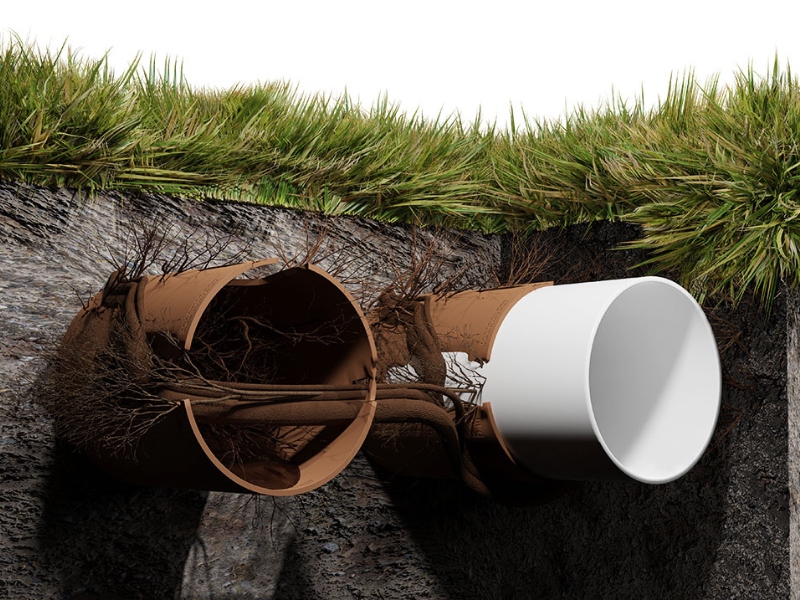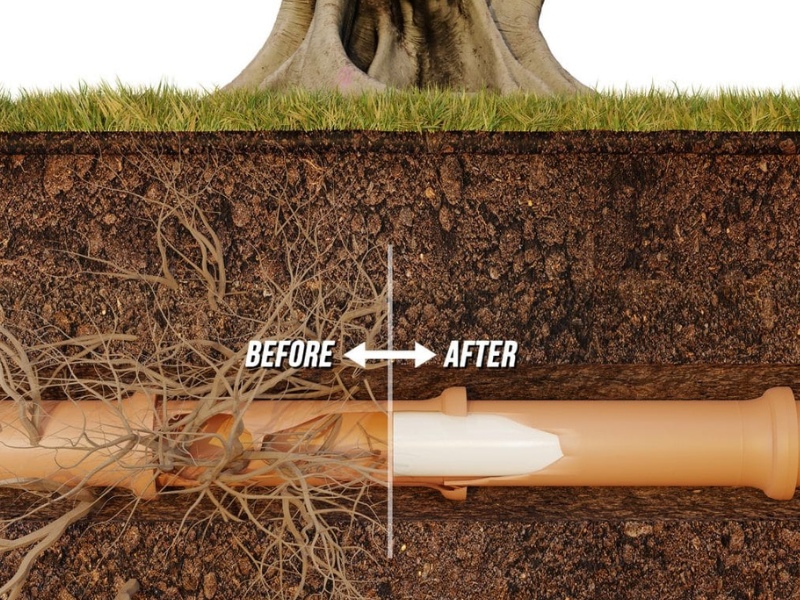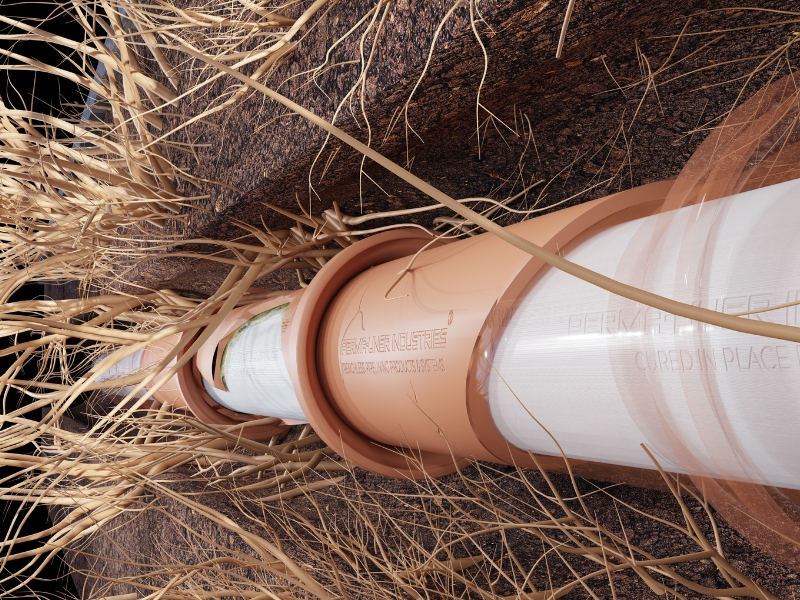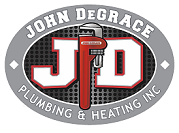Cracked, corroded, or root-damaged sewer line? DeGrace Plumbing & Heating restores your underground pipes with no-dig pipe lining—also called CIPP (cured-in-place pipe) relining—

What is Pipe Lining (CIPP)?
CIPP pipe lining is a trenchless rehabilitation method: we insert a resin-saturated liner into the damaged pipe and cure it in place to create a new seamless pipe inside the old one—often completed in a day with minimal surface disruption.
From your brochure: pipe lining delivers minimal disruption, is cost-effective, quick to install, offers durable results, and improves flow thanks to the smooth interior of the new liner.
When pipe lining makes sense
- Cracked, leaking, or root-intruded sewer laterals
- Corroded cast-iron, failing clay/Orangeburg, or misaligned joints
- Recurrent sewer backups, slow drains, or sewer odors
- Limited access areas where excavation would damage property
IMPORTANT: If a pipe is completely collapsed or incorrectly sloped, traditional replacement methods may be recommended.

Benefits of trenchless pipe relining
- No trenches, minimal mess. Preserve lawns, patios, and driveways.
- Faster completion. Many projects finish in a single day.
- Long-lasting. Industry fact sheets cite a ~50-year design life for CIPP.
- Cost-effective. Reduced excavation and restoration costs.
- Better performance. Smooth liner interior can enhance wastewater flow.
Our trenchless relining process
- Sewer Camera Inspection – Pinpoint damage and verify suitability for lining.
- Cleaning/Descaling – Clear debris, roots, and buildup for liner adhesion.
- Liner Installation – Insert a flexible, resin-soaked tube by inversion or pull-in-place.
- Curing – Harden with heat, steam, UV, or ambient methods to form the new pipe.
- Final Inspection – Post-lining camera verification and report.

Why choose DeGrace for trenchless sewer repairs?
- Local, family-run team serving Northern NJ since 1994
- Licensed NJ plumbers; residential and commercial expertise
- Straightforward pricing and customer-first service
- Full suite: sewer camera inspection, hydro-jetting, spot repair, pipe lining, and when needed, pipe replacement
Call 201-997-8565 or Request a Quote to schedule your camera inspection today.
FAQs
Q1. How long does pipe lining last?
CIPP liners are commonly specified with a 50-year design life in municipal fact sheets. Actual life depends on conditions, but it’s designed for decades of service.
Q2. Is pipe lining safe?
CIPP is widely used in sanitary and storm sewers. Like any construction process, it must be installed and cured correctly; we follow industry best practices and can coordinate with NASSCO-certified inspection standards when required.
Q3. What pipe sizes can be lined?
CIPP is used across many diameters industry-wide (residential laterals through large mains). NASSCO notes applications from 2 to 120 inches in various settings.
Q4. What if my pipe is completely collapsed?
In some cases, pipe bursting or limited excavation is more appropriate. We’ll confirm the best option after your camera inspection.









